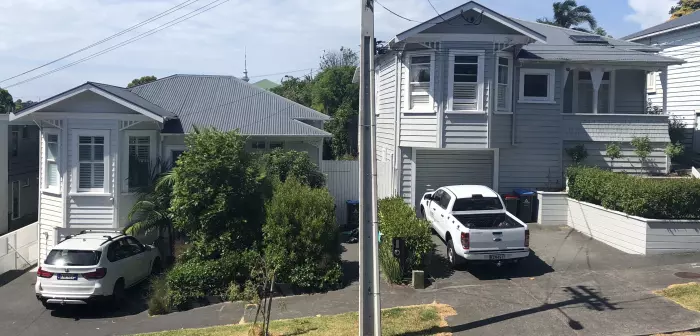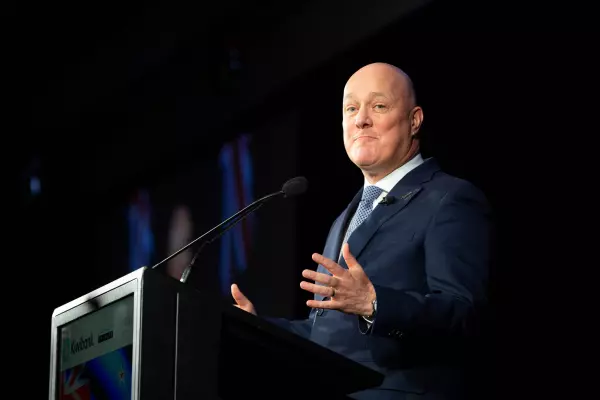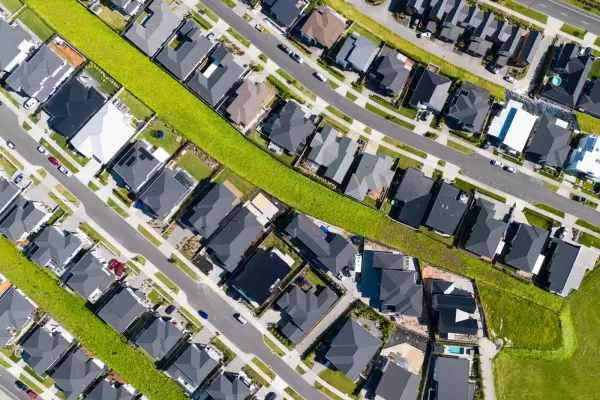The number of Auckland homes selling for more than $2 million has tripled since May, jumping to 9 percent of all sales last month, according to ASB and real estate firm Barfoot & Thompson.
Deals above the $1 million-mark accounted for almost half of all transactions in September, in contrast to the early stages of post-lockdown recovery when low-price brackets dominated sales and most transactions were valued at less than $1 million, ASB senior economist Mike Jones said.
While that early response reflected increased activity from first-home buyers and investors, more recent activity has broadened out into the more expensive price brackets as well.
Jones said that ‘bracket creep’ is despite the absence of foreign buyers, which have drifted into negligible territory since the imposition of the foreign buyer ban two years ago.
And despite disappearing offshore buyers, total mortgage lending in August was up more than a quarter compared to the same time last year at $6.8 billion, propped up by a 40 percent increase in activity from investors and first-home buyers.
Mix, discomfort
A fifth of all bank lending went to first-home buyers, with investors keeping pace at 21 percent of loans. They borrowed a combined $2.9 billion, according to latest Reserve Bank of New Zealand data.
While owner-occupiers still account for the largest share of lending, this had fallen by 6 percent to 58 percent during the past 18 months.
ASB said the central bank's dropping of loan-to-value ratio restrictions in April had accounted for more of the growth in new lending in the three months since.
While high-LVR lending was still relatively small at about 11.1 percent, or $757 million, of all lending for the month, it was primarily investor led and had jumped by 134 percent in the three months through August, the bank said.
That trend has sparked the “first signs of discomfort” about the surging housing market, voiced yesterday by Reserve Bank governor Adrian Orr, who foreshadowed a potential return to restrictions by May next year, if not before.
Jones expected better clarity from the Reserve Bank in its November financial stability report.
Regionally, the bank said the residential ‘hot spots’ currently were in Auckland, Nelson, Waikato and Canterbury where sales had been tracking ahead of available listings on a three-month moving average.
But across all regions, Jones characterised the market as “tight”, even extending to regions such as Otago which had been hit particularly hard by covid response measures.















